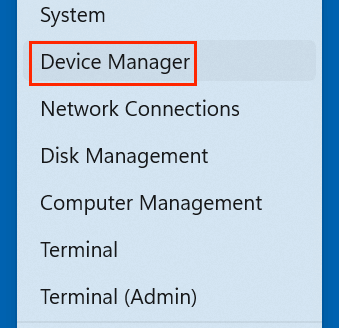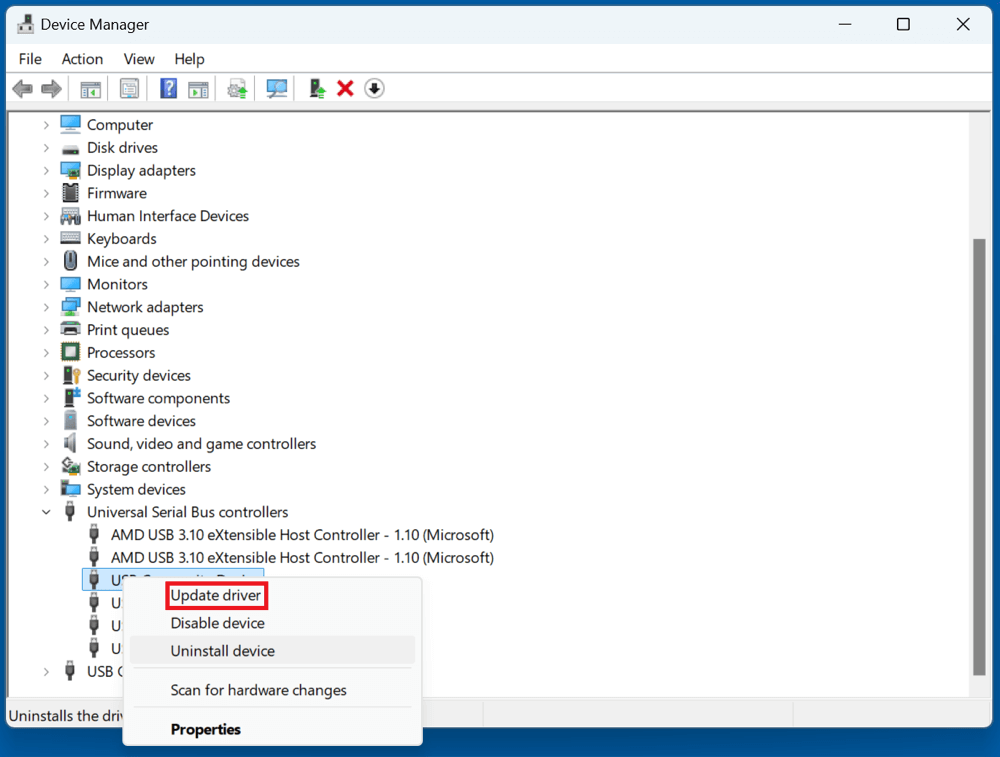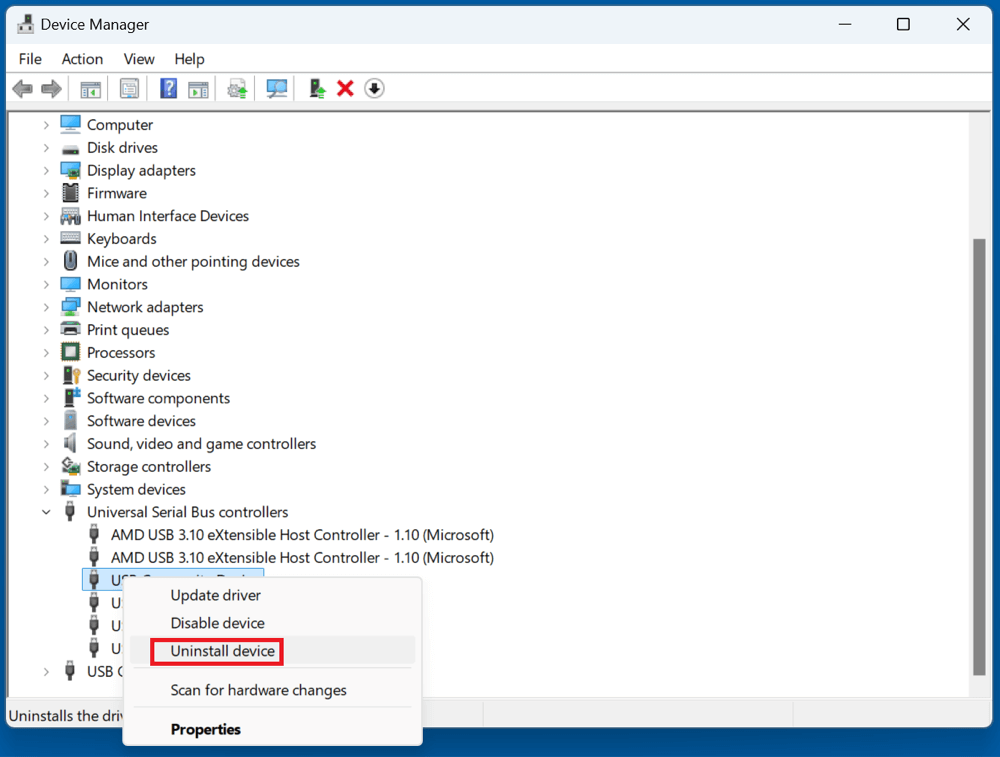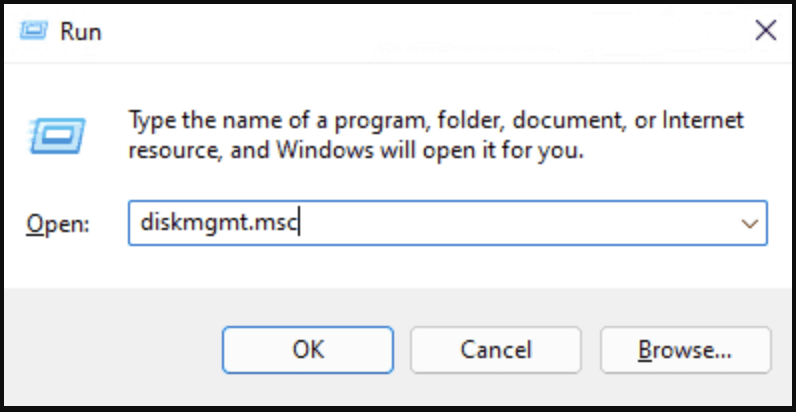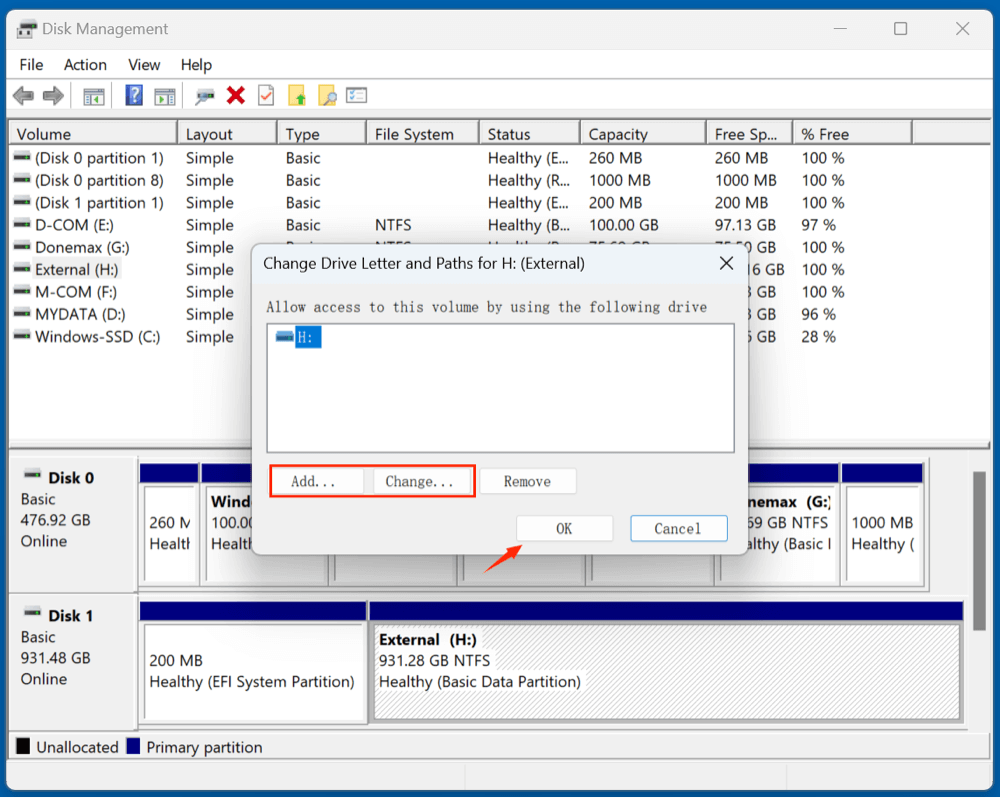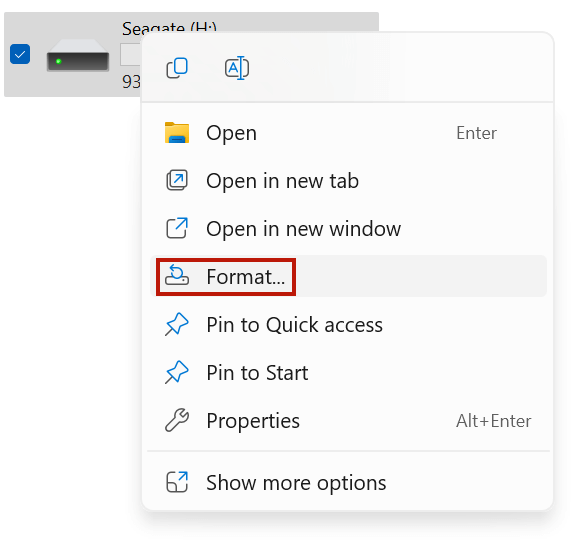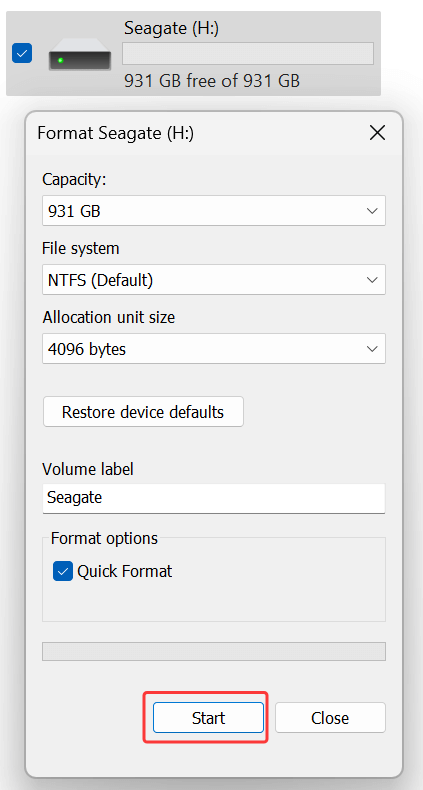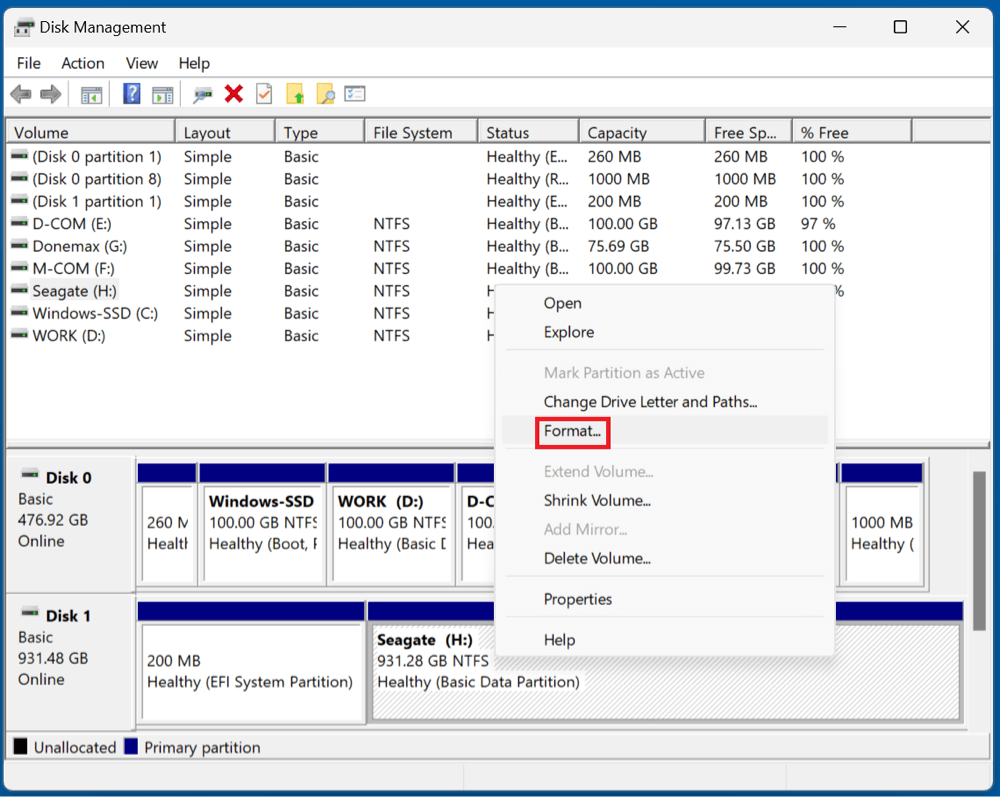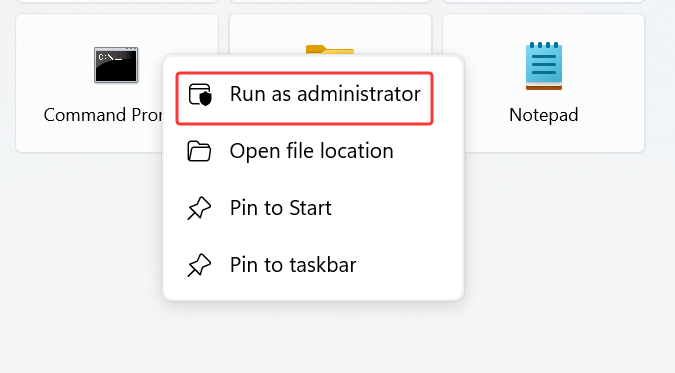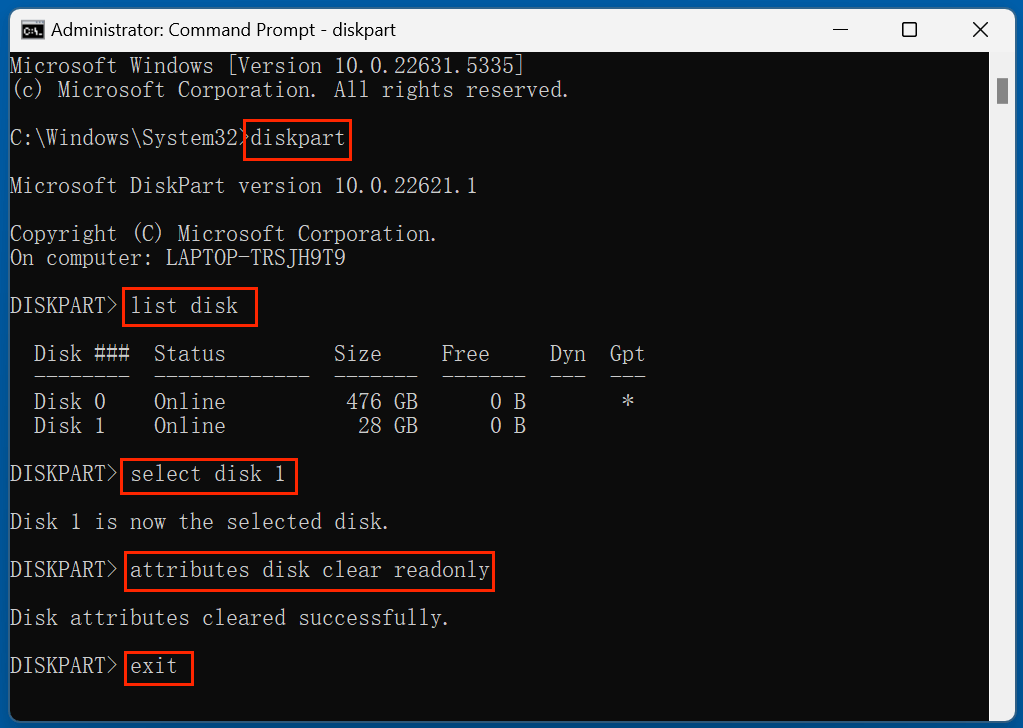Tip: Before fix any issue or error on an USB drive, you can use Donemax Data Recovery to recover your important data. This recovery tool supports to recover deleted, formatted or inaccessible data from any USB drive and it also can repair damaged USB drive or reformat a RAW USB drive, etc.
PAGE CONTENT:
USB drives have become an essential part of our digital lives due to their portability, versatility, and ease of use. Whether it's for storing documents, transferring files, or creating bootable drives, USB flash drives are convenient tools for both personal and professional use. However, they are not immune to problems. USB drives can encounter a variety of issues ranging from not being recognized to data corruption, write protection, and more.
This article explores the most common USB drive issues, their causes, and practical step-by-step solutions to help you restore your USB drive to working condition.
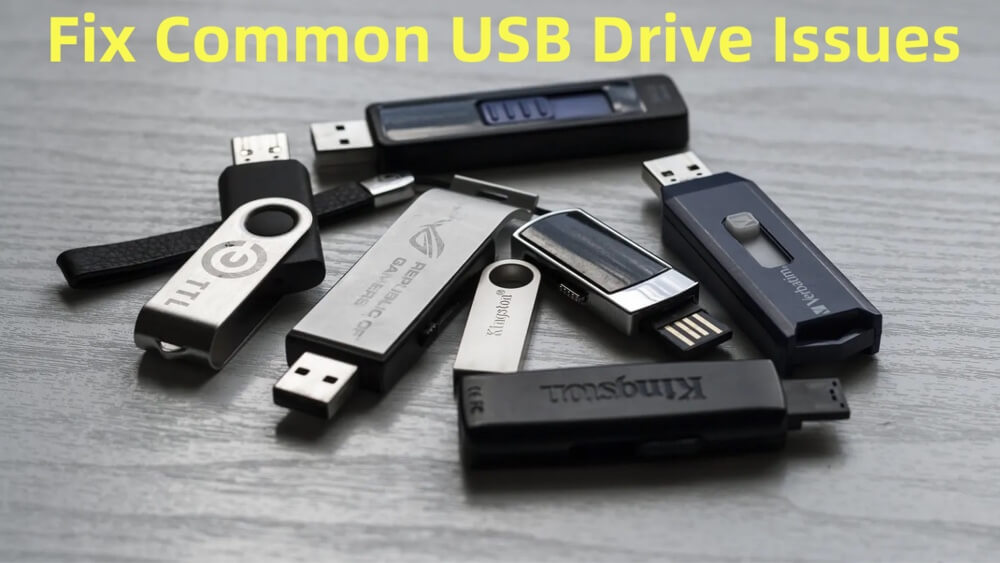
Common USB Drive Issues and Their Causes
1. USB Drive Not Recognized
Symptoms:
When the USB drive is plugged in, nothing happens. It doesn't show up in File Explorer or may show an error like "USB device not recognized."
Possible Causes:
- Outdated or corrupted USB drivers
- Faulty USB port or cable
- Drive is physically damaged
- Power supply issues on the port
2. USB Drive Detected in Device Manager but Not in File Explorer
Symptoms:
The device appears in Device Manager but doesn't show up in File Explorer.
Possible Causes:
- Drive doesn't have a drive letter assigned
- File system is not supported or is RAW
- Drive partition is deleted or corrupted
3. "Please Insert a Disk into USB Drive" Error
Symptoms:
When trying to open the USB drive, you get a prompt asking you to insert a disk into the drive.
Possible Causes:
- Damaged partition table
- Flash memory failure
- Incomplete formatting or removal while in use
4. "USB Device Not Recognized" Error (Error Code 43)
Symptoms:
A popup appears stating "USB device not recognized" or "Device Descriptor Request Failed."
Possible Causes:
- Hardware failure
- Malfunctioning USB controllers
- Improper ejection or sudden removal
- Corrupted firmware or system files
5. USB Drive is Write-Protected
Symptoms:
Cannot delete, move, or modify files. A message says the drive is write-protected.
Possible Causes:
- Physical write-protection switch (mostly on SD cards)
- File system errors
- Registry or group policy settings preventing write access
6. USB Drive Shows Incorrect Capacity
Symptoms:
The drive shows a much smaller or incorrect capacity in File Explorer or Disk Management.
Possible Causes:
- Fake USB drives
- Improper formatting
- Partition corruption
- Malware modifying drive info
7. Files Missing or Hidden
Symptoms:
Files are gone but the storage space is still occupied.
Possible Causes:
- Malware hiding files
- System settings set to hide hidden/system files
- Corrupted file system
8. USB Drive Is Slow or Freezing
Symptoms:
Drive is extremely slow to respond or causes the system to lag or freeze.
Possible Causes:
- Fragmented or failing drive
- Too many bad sectors
- Faulty USB port or low power supply
- Infected with malware
How to Fix USB Drive Issues (Step-by-Step)?
Step 1: Basic Troubleshooting
Before diving into technical fixes, try these basic steps:
- Try a Different USB Port or Computer: Your port may be faulty. Testing the drive in another port or device can confirm if the drive itself is the issue.
- Restart the Computer: Simple but often effective.
- Try Another Cable (for USB-C or External Enclosures): A faulty cable could be the culprit.
Step 2: Update or Reinstall USB Drivers
- Press Win + X and open Device Manager.
![Fix Common USB Drive Issues and Errors]()
- Expand the Universal Serial Bus Controllers section.
- Right-click the USB device showing an error > Update driver.
![Fix Common USB Drive Issues and Errors]()
- If that doesn't work, choose Uninstall device, remove the USB, and plug it back in to reinstall.
![Fix Common USB Drive Issues and Errors]()
Step 3: Assign or Change Drive Letter
If the drive appears in Disk Management but not File Explorer:
- Press Win + R, type diskmgmt.msc, and press Enter.
![Fix Common USB Drive Issues and Errors]()
- Locate your USB drive.
- Right-click it > Change Drive Letter and Paths > Add/Change > Assign a new letter.
![Fix Common USB Drive Issues and Errors]()
- Click OK and check if it shows up now.
Step 4: Format the USB Drive
💡 Note: Formatting erases all data. Backup first if possible using recovery software.
To Format in Windows:
- Right-click the USB drive in File Explorer > Format.
![Fix Common USB Drive Issues and Errors]()
- Choose FAT32 for cross-platform use or NTFS for Windows-only.
![Fix Common USB Drive Issues and Errors]()
- Uncheck "Quick Format" if you suspect bad sectors.
To Format via Disk Management:
- Open Disk Management.
- Right-click the drive > Format > Set file system > Start.
![Fix Common USB Drive Issues and Errors]()
Step 5: Remove Write Protection
Check for a Physical Switch
Some USB drives or SD cards have a lock switch. Ensure it is set to "unlocked."
Using Command Prompt:
- Open Command Prompt as Administrator.
![Fix Common USB Drive Issues and Errors]()
- Type the following commands one by one:
diskpart
list disk
select disk # ← Replace # with your USB number
attributes disk clear readonly
Exit![Fix Common USB Drive Issues and Errors]()
Step 6: Recover Data Before Formatting the USB Drive
When a USB drive becomes unreadable, turns RAW, or shows errors like "You need to format the disk before you can use it," it often indicates file system corruption or logical damage. In such cases, users are typically prompted to format the drive - a step that, while potentially restoring functionality, will erase all existing data. Therefore, before formatting, it’s crucial to attempt data recovery to salvage important files.
When Should You Attempt Data Recovery?
You should try recovering your data if:
- The USB drive asks to be formatted upon insertion.
- You accidentally deleted files.
- The drive turned RAW or shows 0 bytes.
- You suspect malware may have hidden or corrupted files.
- You formatted the drive by mistake but haven't reused it heavily since.
The good news is that in most cases of logical damage (not physical), the data is still present on the drive and recoverable using specialized tools.
How to Recover Data from Inaccessible or Formatted USB Drive?
Donemax Data Recovery is one of the best data recovery programs. It supports to easily and completely recover existing or lost data from an USB drive.
Step 1. Download and install Donemax Data Recovery on your computer and insert the USB drive into the computer's USB port.
Step 2. Open Donemax Data Recovery, then select the USB drive to start data recovery.
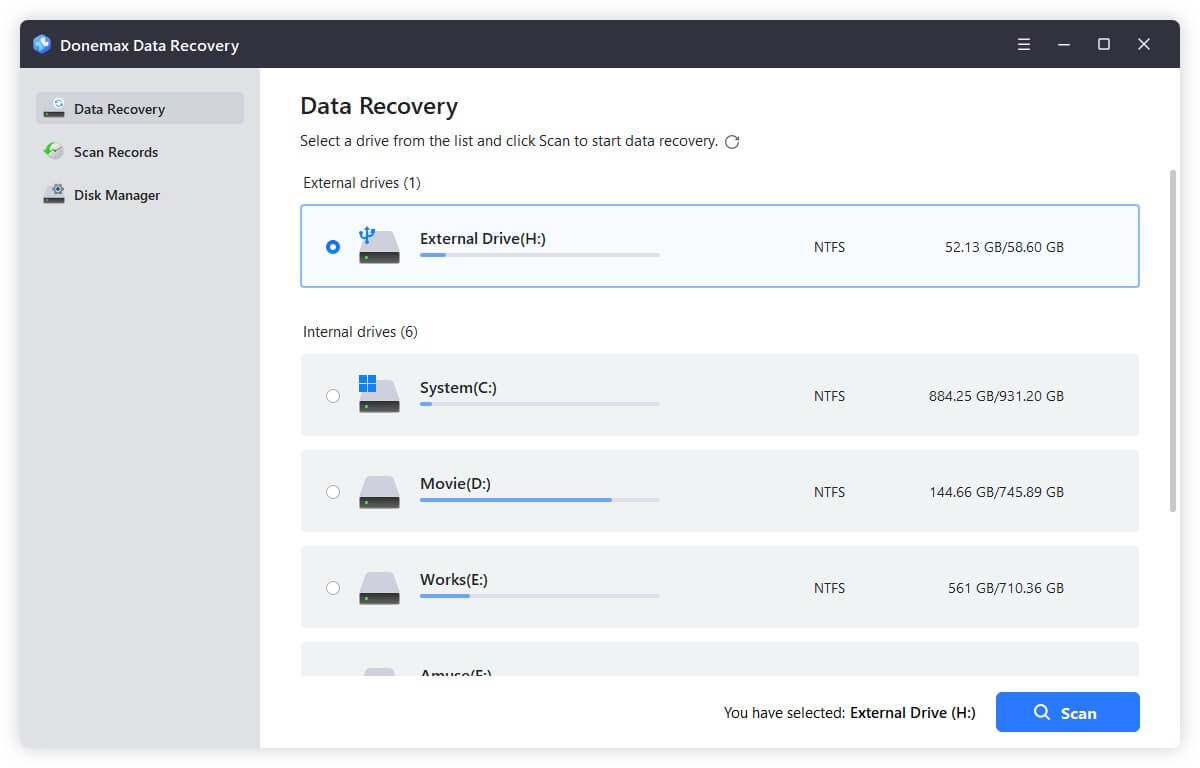
Step 3. Click on Scan button to deeply scan the USB drive and find all recoverable files including existing files, inaccessible files, hidden files, deleted/formatted/lost files, etc.
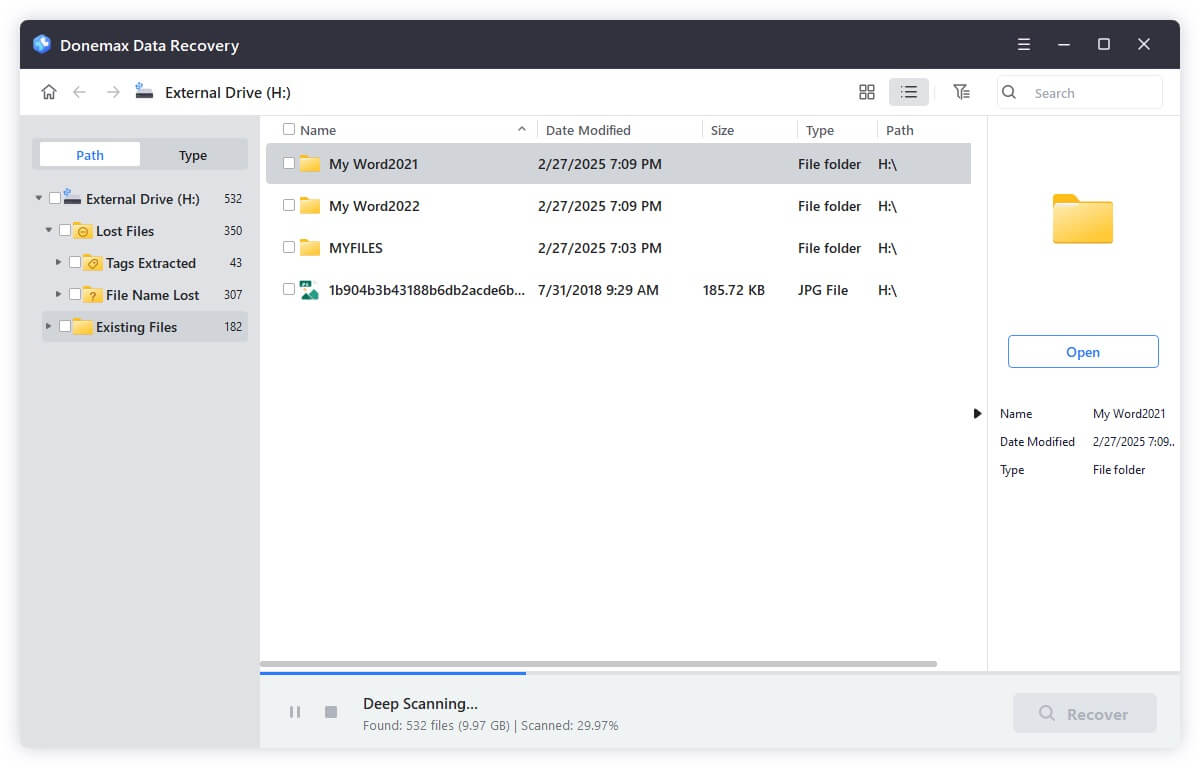
Step 4. After scanning, you can preview all recoverable files. Then select the wanted files, click on Recover button to save them.
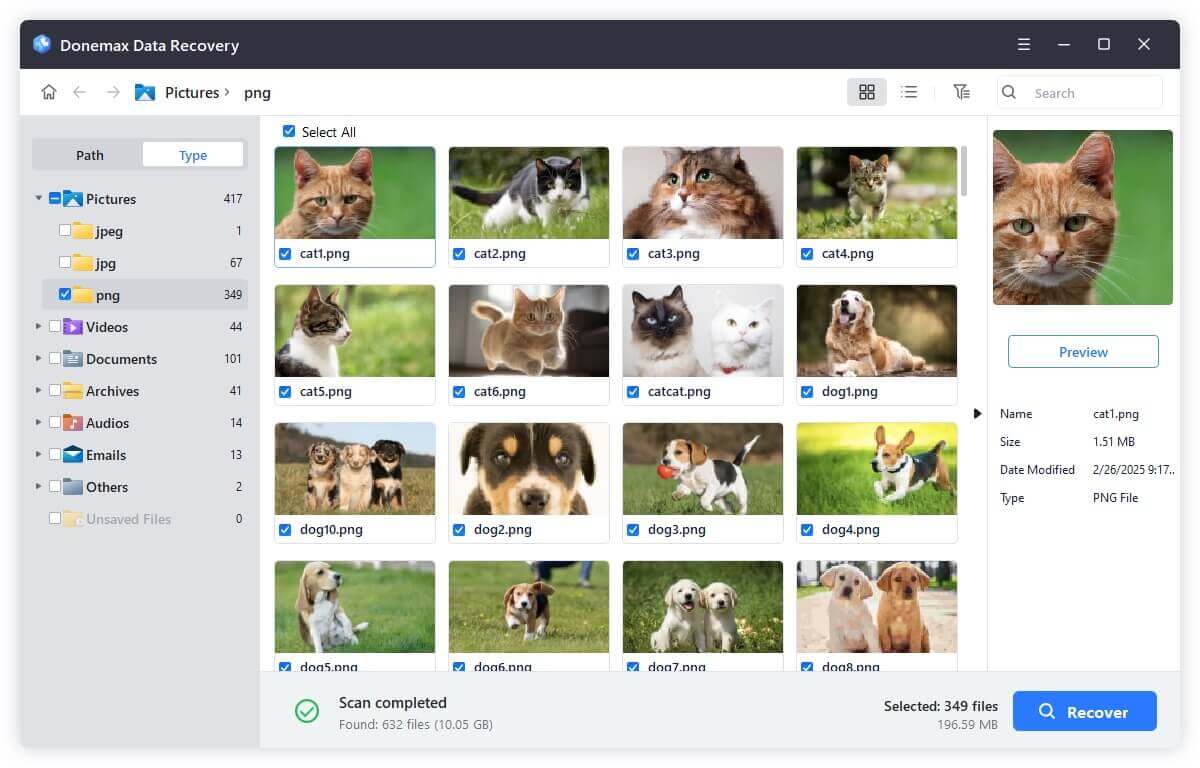
Tips for Maximizing Recovery Success
- Stop using the USB drive immediately once data loss is detected. Continuing to write to the drive may overwrite lost files.
- Recover to a different drive (e.g., your computer's internal hard disk) to avoid further damage or overwriting.
- Use multiple tools if needed. Sometimes, one tool may miss files that another can detect.
- Avoid quick formats if you intend to recover data later - they are less destructive but still overwrite some metadata.
- Scan thoroughly. Opt for the deep scan or RAW scan if the quick scan doesn't yield the desired results.
Can You Recover Data After a Format?
Yes - if the USB drive has been quick formatted, and new data hasn't overwritten the original files, you can often recover most of them. However, if a full format was performed, especially with tools that overwrite data (e.g., low-level format utilities), recovery becomes significantly more difficult or even impossible without specialized forensic tools.
Donemax Data Recovery can help you recover lost data from an USB drive after quick format or full format.
Step 7: Scan for Malware or Viruses
USB drives often get infected, especially when used on public computers.
- Open your antivirus software.
- Perform a Full Scan of the USB drive.
- Quarantine or delete infected files.
- Enable Windows Defender as a backup option if no antivirus is installed.
Prevent Future USB Drive Issues
Here are essential tips to avoid running into USB problems again:
1. Always Safely Eject USB Drives
Removing a drive while it's in use can corrupt the file system. Use the "Safely Remove Hardware" option.
2. Avoid Plugging Into Unknown Devices
Public or untrusted systems can infect your drive with malware.
3. Perform Regular Backups
Don't rely on USB drives for storing your only copy. Back up critical files to the cloud or another drive.
4. Use Branded, High-Quality USB Drives
Cheap, unbranded USB drives often fail sooner. Stick to reputable brands like SanDisk, Kingston, Samsung, or Corsair.
5. Periodically Format the Drive
If the drive is used heavily, formatting it once in a while (after backing up data) can improve performance and prevent fragmentation or corruption.
When to Replace the USB Drive?
Despite all fixes, some USB drives may be beyond repair. Here are signs it's time to get a new one:
- Continual issues even after formatting or driver updates
- Drive heats up excessively
- Intermittent connectivity (shows up and disappears repeatedly)
- Drive capacity changes randomly or files keep disappearing
- Physical signs of damage (e.g., broken connector)
For mission-critical or sensitive data, never continue using an unreliable USB device.
Conclusion
USB flash drives are incredibly handy but not flawless. From unrecognized devices to write-protection errors and data corruption, there are numerous issues that can arise. Fortunately, many of these problems can be resolved with simple troubleshooting steps such as driver updates, drive letter changes, or formatting. When dealing with more serious issues like a RAW file system or data loss, recovery tools can come to the rescue.
Understanding the root causes of common USB problems and knowing how to address them can save you time, protect your data, and extend the lifespan of your storage device. With regular maintenance and cautious usage, your USB drive can serve you reliably for years.


Donemax Data Recovery
One of the best data recovery programs to recover deleted, formatted or lost data from PC, Mac, HDD, SSD, USB drive, SD card, camera, RAID, Sever or other storage devices.
Related Articles
- Feb 11, 2025Fix RAW SD Card: A Complete Guide to Repair & Recover Data
- Feb 20, 2025Can't Eject an External Hard Drive on Windows 11/10/8/7? Here's How to Fix It
- Dec 19, 20249 Solutions to Fix WD My Passport Not Showing Up on Mac
- Apr 07, 2025How to Detect Disk Failure on Windows: Signs, Tools & Recovery Solutions
- Jun 17, 2024How to Fix Install Windows on Wrong Hard Drive?
- Jun 18, 202510 Fixes for 'Cannot Create a New Folder on Mac Desktop'

Charles
Charles, who lives in Sydney, Australia, is an editor & writer of Donemax Team. He is good at writing articles related with Apple Mac computers, Windows operating systems, data recovery, data erasure, disk clone and data backup, etc. He loves reading and playing tennis in his spare time and is interested in testing new digital devices such as mobile phones, Macs, HDDs, SSDs, digital cameras, etc.

Gerhard Chou
In order to effectively solve the problems for our customers, every article and troubleshooting solution published on our website has been strictly tested and practiced. Our editors love researching and using computers and testing software, and are willing to help computer users with their problems
Hot Donemax Products
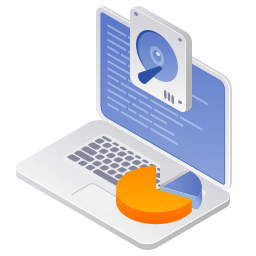
Clone hard drive with advanced clone technology or create bootable clone for Windows/Mac OS.

Completely and easily recover deleted, formatted, hidden or lost files from hard drive and external storage device.

Certified data erasure software - permanently erase data before selling or donating your disk or any digital device.

